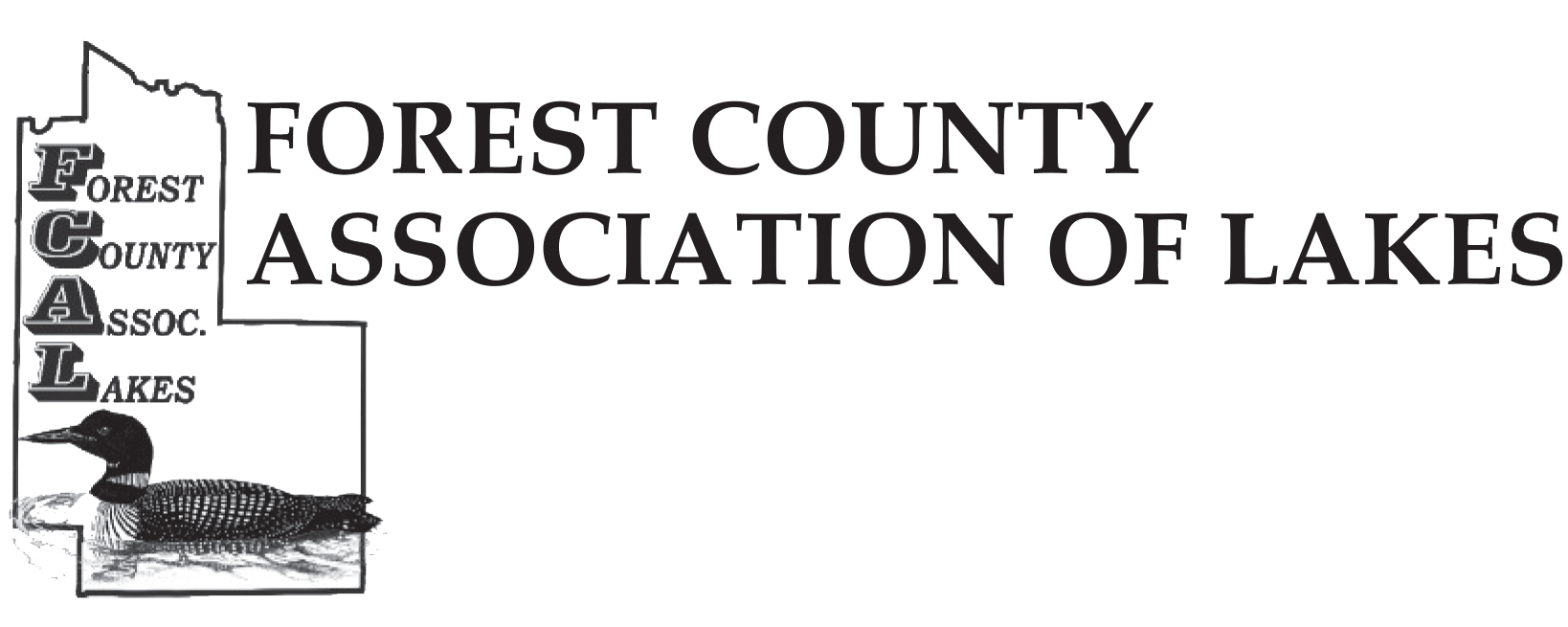Every summer at my household, my wife collects milkweed and monarch butterfly eggs. She’ll put the milkweed and eggs in a large terrarium and then has her daycare monitor their growth and transformation from caterpillars to butterflies. She usually is able to raise and release about a dozen butterflies.
Did you know that there are more than 50 species of caterpillars found in Wisconsin? Each with their own host plants, colorations, and adaptations, the variety is extensive.
Five common caterpillars in Wisconsin are the:
Monarch: the best place to look for monarch caterpillars is in open areas or along woodland edges. Monarchs spend a lot of time on their host plant, the milkweed. They lay their eggs on them and caterpillars eat their leaves. An interesting fact is that when they eat the leaves, the caterpillars absorb the poison in the leaves, which makes them taste bad to predators!
Painted Lady: This caterpillar lives in silk nests on 100+ host plants, including thistles, hollyhocks, and mallows. Caterpillars spend most of their time in these nests. Look for these in open habitats such as old fields, meadows, disturbed areas, and roadsides.
Viceroy: This caterpillar’s strange appearance is a camouflage to look like bird droppings. Their host plants are the willow, poplar, and cottonwood trees. Viceroys hibernate in tube-like shelters built on the leaves of these trees. They are a very unique looking caterpillar, but the adults look very similar to monarchs. You can find these caterpillars in wetland areas, especially along streams where their host trees are found.
Red Admiral: The red admiral is often found along edges of wet wooded areas, streams, trails, and nearby fields. They tend to live on plants in the nettle family. The stinging nettle helps the caterpillars protect themselves from predators. They also range in color from yellow all the way to black.
Cabbage White: As the name suggests, this caterpillar lives off cabbage as well as broccoli, cauliflower, and turnip leaves. Holes in these vegetable leaves are indicators of the presence of this caterpillar. They are pale green and covered in short velvet-like hairs. This caterpillar can be found in any open areas with plants in the mustard family.
Damage Causing Caterpillars
There are at least three invasive caterpillars that can be found defoliating leaves of hardwood trees such as aspen, oaks, and birch.
Eastern Tent Caterpillar: The eastern tent caterpillar, Malacosoma americanum, is a conspicuous sight in early spring in Wisconsin. Those white masses in the forks of tree limbs are created by colonies of caterpillars. The tent protects them from predators, such as birds, and from temperature extremes. They come out of their silken webs to feed in early morning, evening or at night when it is not too cold. They return to the nest during the heat of the day and remain in the tent during rainy or cold weather.
Forest Tent Caterpillar: The forest tent caterpillar is an important leaf-eating (defoliating) caterpillar in Wisconsin. Some people call forest tent caterpillars “army worms” because as they travel across the ground they look like marching soldiers. Forest tent caterpillars are about 2 inches long with colorful bodies covered by many hairs. The sides of their bodies are blue with narrow orange stripes. Their backs are black with white markings that resemble keyholes, penguins, or footprints.
Gypsy Moth Caterpillar: European gypsy moths were accidentally introduced into Massachusetts in 1869 by an amateur entomologist. Since then, gypsy moths have defoliated millions of acres of trees in forests and urban areas in at least 20 states and the Washington DC area. Gypsy moth caterpillars feed on more than 300 species of deciduous and evergreen trees. Gypsy moths were first found in Wisconsin in the late 1960s in the eastern part of the state. By 1989, they had settled along Wisconsin’s eastern shore from Milwaukee to Green Bay. Moths have since been found in every county. The eastern two-thirds of the state is considered generally infested and is quarantined [PDF exit DNR]. The quarantine prohibits the movement of items that could harbor gypsy moth eggs, caterpillars or adults and allow them to be moved to uninfested areas.
Conservation Corner is a weekly article produced by the Forest County Land &Water Conservation Department. For more information contact Steve Kircher, County Conservationist-Land Information/GIS Director at 715-478-1387 or by e-mail at .
